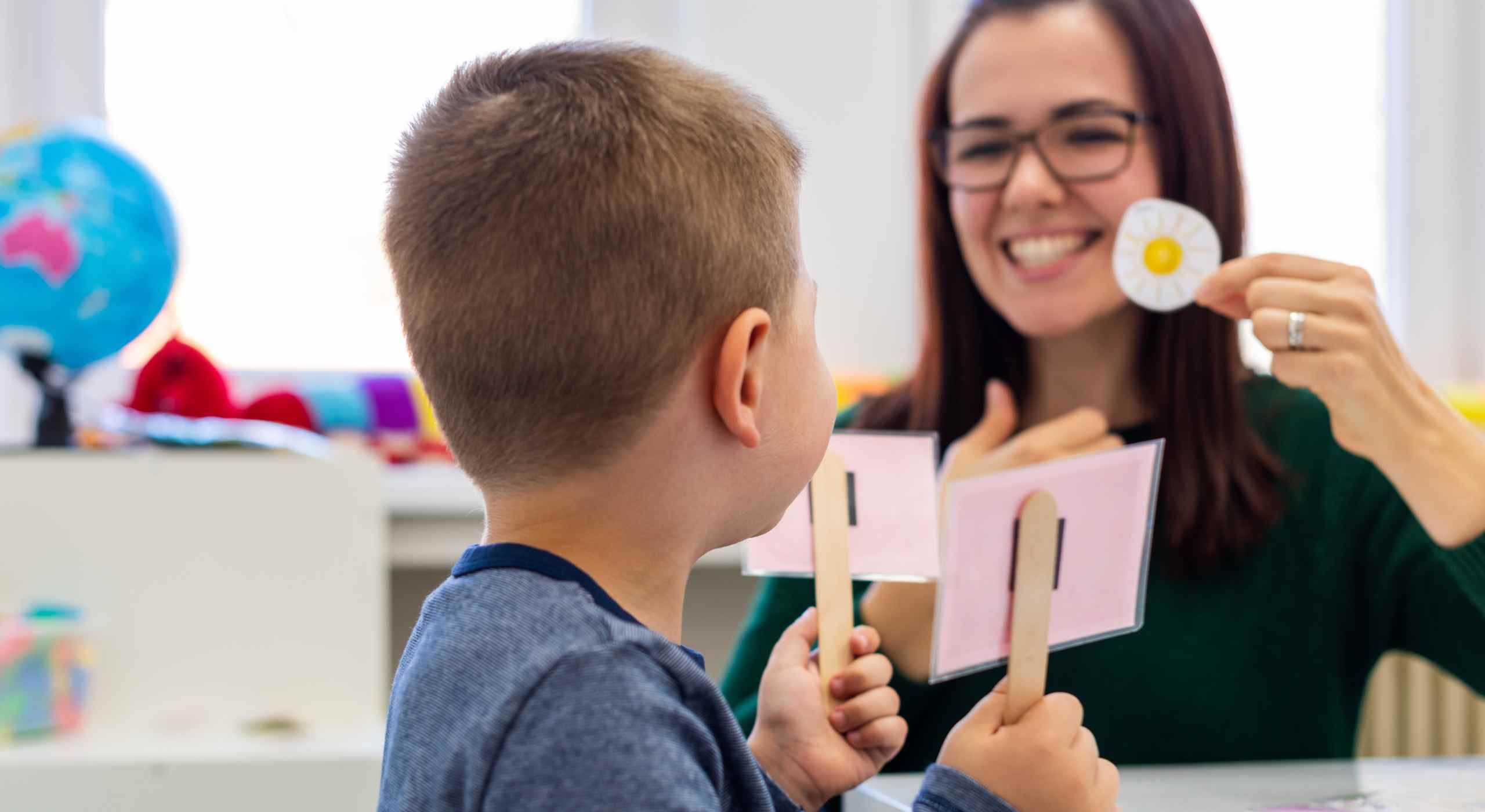As a parent, it’s natural to have concerns about your child’s speech development. Early identification of speech problems is crucial for timely intervention and support. In this blog post, we will provide you with valuable insights and practical tips to help you recognize potential speech difficulties in your child before they turn two. Remember, early intervention can significantly improve your child’s communication skills and overall development.
Understand Typical Speech Development:
It’s essential to familiarize yourself with typical speech development milestones for children under two years old. This knowledge will help you gauge your child’s progress accurately. From babbling to word formation, each stage plays a vital role in your child’s speech development journey.
- Pay Attention to Key Indicators:
Certain signs can indicate potential speech problems in young children. Stay vigilant and watch out for the following indicators:
- Birth–3 months: Not smiling or playing with others.
- 4–7 months: Not babbling.
- 7–12 months: Making only a few sounds. Not using gestures, like waving or pointing.
- 7 months–2 years: Not understanding what others say.
- 12–18 months: Saying only a few words.
- 1½–2 years: Not putting two words together.
- 2 years: Saying fewer than 50 words.
- Monitor Hearing Abilities:
Speech problems can sometimes be linked to hearing difficulties. Regularly monitor your child’s hearing to ensure they are not struggling to hear and process sounds properly. If you suspect any hearing issues, consult a pediatrician or an audiologist for a thorough evaluation.
- Seek Professional Evaluation:
If you notice any potential speech problems or are concerned about your child’s development, don’t hesitate to seek professional evaluation. Speech-language pathologists (SLPs) are specialists who can assess your child’s speech and language skills accurately. Early intervention programs and therapies can be tailored to address specific areas of concern.
- Foster Language Development at Home:
While professional intervention is essential, you play a vital role in supporting your child’s speech development. Incorporate the following practices into your daily routine:
- Engage in interactive activities that promote speech and language skills, such as reading books, singing songs, and playing with age-appropriate toys.
- Maintain consistent verbal interaction, using simple and clear language.
- Encourage your child to imitate sounds, gestures, and simple words.
- Create a language-rich environment by labeling objects, describing actions, and narrating daily activities.
Understanding Milestones during the First 2 Years:
During the first two years of a child’s life, there are specific milestones that indicate their speech and language development. While every child progresses at their own pace, these milestones can serve as general guidelines. Remember, if you have any concerns about your child’s development, it’s always best to consult with your child’s doctor.
By the age of 1 year, most babies will:
- Demonstrate awareness of where sounds are coming from by looking in the appropriate direction.
- Respond to their name when called.
- Wave goodbye.
- Follow your pointing gestures and look in the direction you indicate.
- Engage in babbling with intonation, as if they are speaking in sentences.
- Take turns “talking” with you, paying attention and responding when you speak.
- Say simple words like “da-da” or “ma-ma.”
- Point to objects they desire that are out of reach, using sounds or gestures to communicate their wants.
Between the ages of 1 and 2 years, most toddlers will:
- Understand and follow simple commands, initially with the combination of words and gestures, and later with words alone.
- Retrieve objects from another room when asked to do so.
- Identify and point to a few body parts when prompted.
- Point to interesting objects or events to capture your attention.
- Bring objects to show you.
- Point to objects and expect you to name them.
- Name a few common objects or pictures when asked.
- Engage in pretend play, using gestures and words to imitate everyday activities.
- Learn approximately one new word per week during this period.
By the age of 2 years, most toddlers will:
- Point to many body parts and common objects.
- Point to pictures in books.
- Follow one-step commands without the need for accompanying gestures, such as “Put your cup on the table.”
- Have a vocabulary of around 50 to 100 words.
- Begin combining words to form simple two-word phrases, like “Daddy go,” “Doll mine,” or “All gone.”
- Possibly start forming three-word sentences, such as “I want juice” or “You go bye-bye.”
- Be understood by others, or at least by adults, approximately 50% of the time.
It’s important to remember that every child develops at their own pace, and there may be variations in individual milestones. However, if you notice significant delays or any concerning behaviors in your child’s speech and language development, it’s advisable to consult with your child’s speech-language pathologist for further evaluation.

